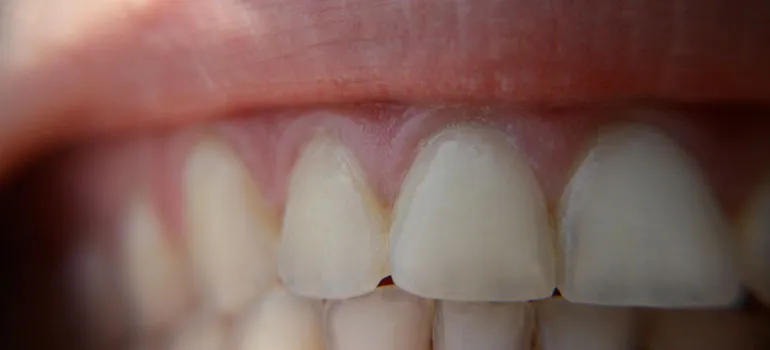Whitening Teeth Can Damage Gums? Top 5 Facts
Teeth whitening is a popular cosmetic procedure, promising a brighter, more confident smile. However, it is crucial to understand that while teeth whitening can significantly improve the appearance of your teeth, it is not without potential risks, especially for your gums. The chemicals involved in the whitening process can cause irritation and damage if not handled correctly. This article will explore the potential effects of teeth whitening on gum health, providing you with essential information to make informed decisions and protect your oral health. It is important to understand that the goal of teeth whitening should be to balance the desire for a brighter smile with the need to maintain healthy gums and teeth. This requires careful consideration, proper application, and, often, professional guidance from a dentist.
What is Teeth Whitening?
Teeth whitening involves procedures designed to lighten the color of your teeth. This is typically achieved by removing stains and discoloration, which can be caused by various factors such as aging, diet, smoking, and certain medications. The process usually involves the use of bleaching agents that penetrate the enamel and dentin of your teeth to break down the staining compounds. There are several methods available, ranging from over-the-counter products to professional treatments administered by a dentist. The effectiveness of these methods can vary depending on the type of stains, the concentration of the whitening agent, and the duration of the treatment. Understanding the basics of teeth whitening is the first step toward assessing its impact on your gums and overall oral health.
Overview of Teeth Whitening Procedures

Teeth whitening procedures vary in intensity and application. In-office whitening, performed by a dentist, often uses a high concentration of bleaching agents, providing faster and more dramatic results. This is usually followed by a protective barrier for the gums to minimize the risk of irritation. At-home whitening kits typically involve custom-fitted trays or strips containing lower concentrations of whitening agents, used over a period of time. These methods provide a more gradual whitening effect. It’s important to be aware that while at-home kits are convenient and cost-effective, they may increase the risk of gum irritation if not used properly. Choosing the right procedure depends on your individual needs, the severity of the discoloration, and your dentist’s recommendations. The images below showcases a typical teeth whitening procedure.

Common Types of Teeth Whitening Products
A wide array of teeth whitening products is available, each with varying strengths and application methods. These include whitening toothpaste, which contains mild abrasives and chemicals to remove surface stains; over-the-counter whitening strips and trays, which contain lower concentrations of bleaching agents such as hydrogen peroxide or carbamide peroxide; and professional treatments, which utilize higher concentrations of these agents. Whitening toothpastes are generally safe for everyday use but may not significantly change the color of your teeth. Over-the-counter products offer a balance between convenience and effectiveness, but it’s crucial to follow instructions carefully to avoid gum irritation. Professional treatments deliver the most dramatic results but require careful application to protect gum tissues. Always consult your dentist to determine the best option for your specific needs and oral health.
How Teeth Whitening Affects Gums
The chemicals used in teeth whitening, particularly hydrogen peroxide and carbamide peroxide, can have a significant impact on your gums. These chemicals are designed to penetrate the enamel and break down stain molecules, but they can also irritate the soft tissues of the gums. Exposure to these agents can cause various issues, from mild sensitivity to more severe conditions like chemical burns. The intensity of these effects depends on several factors, including the concentration of the whitening agent, the duration of exposure, and individual sensitivity. Proper application techniques, as well as a dentist’s guidance, can significantly reduce these risks, but it’s important to be aware of the potential for gum damage and take preventive measures.
The Role of Hydrogen Peroxide and Carbamide Peroxide

Hydrogen peroxide and carbamide peroxide are the primary bleaching agents used in teeth whitening. Hydrogen peroxide is a stronger agent and is often used in professional treatments, offering quicker results. Carbamide peroxide breaks down into hydrogen peroxide and urea, making it a slower-releasing agent commonly found in at-home kits. When these chemicals come into contact with the gums, they can cause irritation due to their oxidizing properties. The degree of irritation depends on the concentration of the agent and the contact time. Higher concentrations and longer exposure times increase the likelihood of gum damage. Proper application, including the use of gum shields and careful application techniques, is essential to minimize contact and potential damage. It’s important to understand that while these chemicals are effective at whitening teeth, they must be used with caution to protect the health of your gums.

Gum Irritation Symptoms and Causes
Gum irritation from teeth whitening can manifest in several ways, ranging from mild discomfort to more severe symptoms. Common symptoms include gum sensitivity, inflammation, redness, and in some cases, blistering or chemical burns. The causes of this irritation are varied, but the primary culprit is the contact between the whitening agents and the gum tissues. This can happen if the trays or strips do not fit properly, allowing the solution to leak onto the gums, or if the concentration of the whitening agent is too high. Overuse of whitening products can also lead to chronic irritation. Other factors, such as pre-existing gum conditions or improper application techniques, can exacerbate these effects. Recognizing the symptoms and understanding the causes is the first step in preventing and treating gum damage. The image below is a representation of a gum irritation.

Top 5 Facts about Gum Damage and Teeth Whitening
Understanding the risks is key to making informed decisions about teeth whitening. Here are five critical facts to consider regarding the potential impact on your gums:
Fact 1 Sensitivity and Irritation
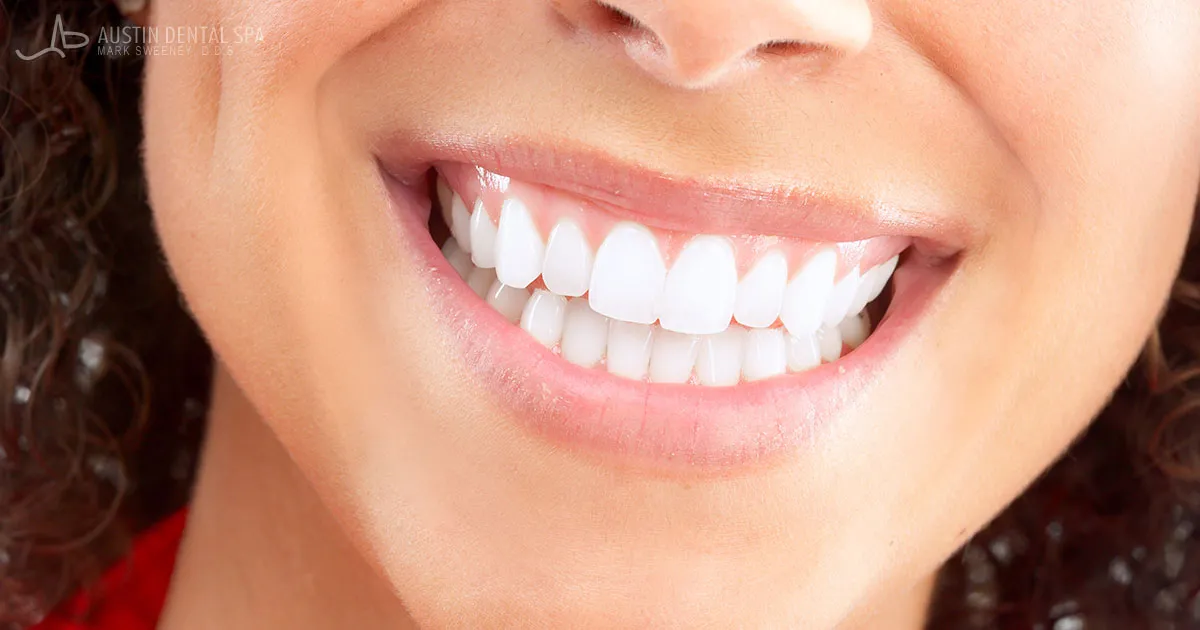
One of the most common side effects of teeth whitening is increased sensitivity and irritation of the gums. This can manifest as a mild tingling sensation or a more pronounced burning feeling, particularly after the application of the whitening agent. The chemicals used in whitening can compromise the protective barrier of the gums, leading to this sensitivity. The sensitivity is usually temporary, subsiding within a few days after stopping the whitening treatment. However, persistent or severe sensitivity should be reported to a dentist immediately. This can be mitigated by using products designed for sensitive teeth.
Fact 2 Chemical Burns
In more severe cases, teeth whitening can lead to chemical burns on the gums. This occurs when the whitening agent, often in high concentrations, comes into prolonged contact with the gum tissues. Chemical burns can cause significant pain, blistering, and even tissue damage. They are more likely to occur if the whitening trays do not fit properly, allowing the solution to leak, or if the product is used incorrectly. Professional whitening procedures typically use protective barriers to minimize this risk. Immediate medical attention is needed if you suspect a chemical burn, and professional help is needed to alleviate the pain and repair any tissue damage.
Fact 3 Pre-existing Conditions
Individuals with pre-existing gum conditions, such as gingivitis or periodontitis, are at higher risk of experiencing complications from teeth whitening. The inflammation and sensitivity associated with these conditions can be exacerbated by the whitening agents. It’s essential to address any underlying gum issues before undergoing teeth whitening. Consulting with a dentist is crucial in these cases to assess the health of your gums and determine if teeth whitening is safe. In some instances, it may be recommended to postpone whitening until the gum condition is treated. Failing to do so can worsen the condition and lead to additional complications.
Fact 4 Incorrect Application

Incorrect application techniques are a significant cause of gum damage during teeth whitening. This includes using too much whitening agent, not properly fitting the trays (if applicable), or leaving the product on for longer than recommended. It is crucial to follow the instructions provided with the whitening product or as directed by your dentist. The improper application can lead to direct contact between the whitening agent and the gums, causing irritation and potentially more severe damage. Paying attention to these details and adhering to the recommended usage guidelines can greatly reduce the risk of gum problems. If using a whitening kit at home, consider consulting with your dentist regarding proper application techniques.
Fact 5 Overuse of Whitening Products
Overusing teeth whitening products can lead to chronic gum irritation and increased sensitivity. Following the recommended treatment schedules and not exceeding the recommended duration are crucial. Using whitening products more frequently than advised doesn’t necessarily improve the whitening effect but significantly increases the risk of damaging your gums. Always adhere to the guidelines provided by your dentist or the product manufacturer. If you notice any signs of irritation or increased sensitivity, discontinue use and consult with your dentist. Taking breaks between whitening treatments can also give your gums time to recover and reduce the risk of long-term damage.
How to Protect Your Gums During Teeth Whitening
Protecting your gums during teeth whitening requires a proactive approach and careful attention to detail. This includes consulting with a dentist, using proper application techniques, and choosing the right products. Taking these precautions can minimize the risk of gum damage and ensure a safer, more comfortable whitening experience. Your overall oral health is important, and protecting the gums helps achieve the smile you desire.
Consultation with a Dentist
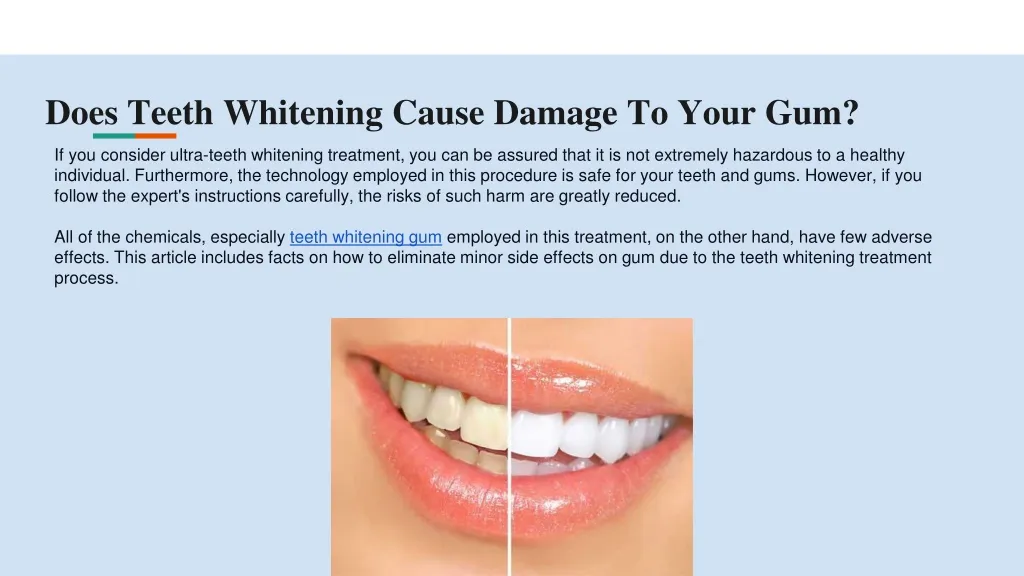
Before starting any teeth whitening treatment, consulting with a dentist is essential. A dentist can assess the health of your gums and teeth, identify any pre-existing conditions that might make you more susceptible to gum irritation, and recommend the most appropriate whitening method for your needs. They can also provide you with professional guidance on how to use the products safely and effectively. In-office whitening procedures, conducted by a dentist, include gum protection such as rubber dams or special gels to shield the gums from the whitening agents. The dentist can also monitor your progress and address any potential issues. Consulting your dentist is the most important step toward a safe and effective teeth whitening experience.

Proper Application Techniques
Proper application techniques are crucial to minimizing the risk of gum damage. If using at-home whitening kits, follow the instructions carefully. Ensure that the whitening trays fit snugly to prevent leakage of the whitening agent onto your gums. Avoid using excessive amounts of product and do not leave the trays in longer than the recommended time. If you experience any discomfort or irritation, remove the trays immediately and rinse your mouth with water. In-office procedures are typically performed by trained professionals who use protective measures, such as rubber dams or gels, to shield your gums from the whitening agents. Following these techniques is crucial to help protect the health of your gums and reduce the chance of complications. Always consult your dentist if you’re unsure about proper application.
Choosing the Right Whitening Products
Selecting the right whitening products can also help protect your gums. Consider the concentration of the active ingredients and the application method. Products with lower concentrations of hydrogen peroxide or carbamide peroxide may be less likely to cause irritation. Look for products that are specifically designed for sensitive teeth. If you have a history of gum sensitivity, these products can be a better choice. Always read the product reviews and consult with your dentist before making a selection. Professional treatments often offer better control and more safety measures. Your dentist can help you choose the product that best suits your needs and minimize the risk of gum damage. The image below shows the right whitening products to protect your gums.

Alternatives to Teeth Whitening
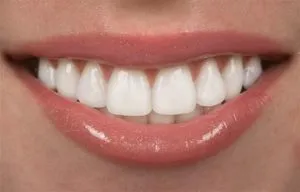
If you are concerned about the potential risks of teeth whitening on your gums, there are several alternative treatments to consider. These options can improve the appearance of your smile without the same level of risk. It is important to discuss these options with your dentist to determine which is best for you. The alternatives below can provide a safe and effective way to improve your smile.
Professional Teeth Cleaning
A professional teeth cleaning can remove surface stains and plaque, helping to brighten your smile. This is a non-invasive procedure performed by a dental hygienist or dentist. During the cleaning, they will use specialized tools to remove any buildup and polish your teeth. Professional cleaning can often remove mild discoloration caused by coffee, tea, or smoking. Regular teeth cleaning can help maintain oral health and improve the overall appearance of your smile without the potential risks of whitening treatments. It’s a great way to keep your teeth clean and look their best. The images showcases the cleaning procedure.

Teeth Whitening Toothpaste
Teeth whitening toothpaste can help remove surface stains and maintain a brighter smile. Many of these kinds of toothpaste contain mild abrasives or chemicals that help to break down and remove stains. While teeth whitening toothpaste is generally safe for everyday use, it’s important to choose one that is not too abrasive, as this can damage your enamel over time. Using these toothpastes can be a good way to maintain the brightness of your teeth between professional treatments or at-home whitening sessions. Follow the directions on the packaging and consult your dentist if you have any concerns. Combining teeth whitening toothpaste with other whitening methods requires moderation.
Dental Veneers
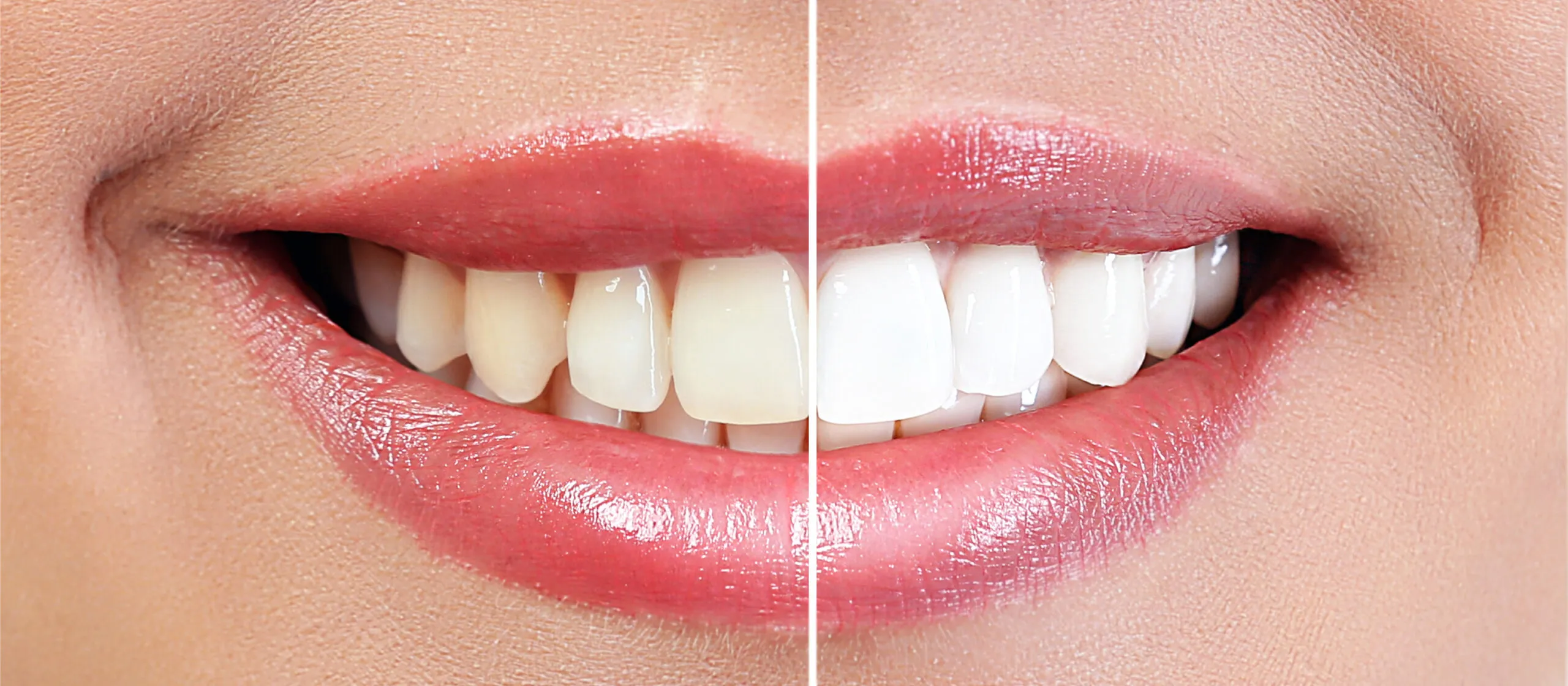
Dental veneers are thin, custom-made shells that are bonded to the front surface of your teeth. They are an effective way to correct a variety of cosmetic issues, including discoloration, chips, and cracks. Veneers are typically made from porcelain or composite materials. They can provide a long-lasting solution for a brighter, more aesthetically pleasing smile. Because veneers cover the entire front surface of the tooth, they can effectively mask even severe discoloration. While veneers do not directly whiten your natural teeth, they create a brighter overall look. If you are looking for a more permanent solution to severe discoloration or other cosmetic problems, veneers may be a good option. The image below showcases what a dental veneer looks like.

Conclusion
Teeth whitening can be a great way to enhance your smile, but it’s essential to be aware of the potential risks to your gums. Understanding the process, the chemicals involved, and the potential side effects is critical. By taking the necessary precautions, such as consulting with your dentist, using proper application techniques, and choosing the right products, you can minimize the risk of gum damage and enjoy a brighter, healthier smile. Always prioritize your oral health and seek professional advice to make informed decisions about your teeth whitening journey. Remember that maintaining healthy gums is just as important as achieving a brighter smile. The ultimate goal is to balance both for long-term oral health and confidence.
